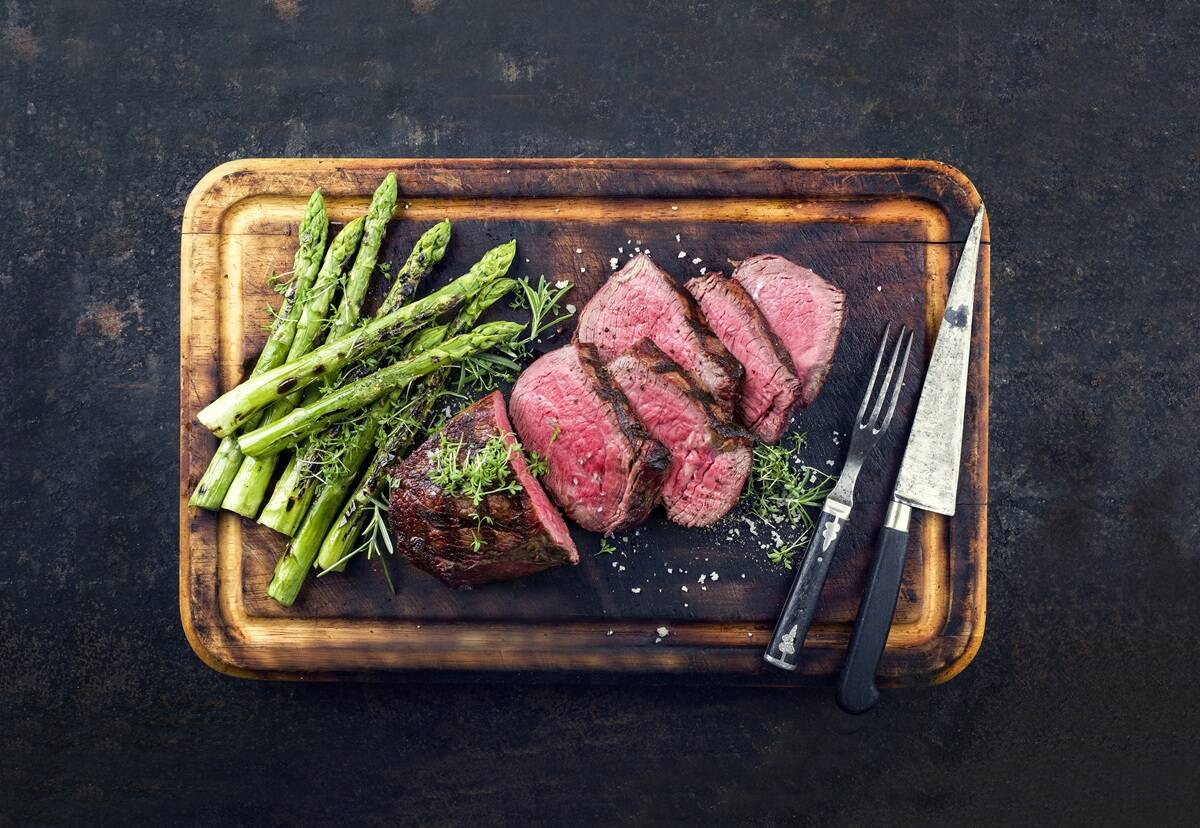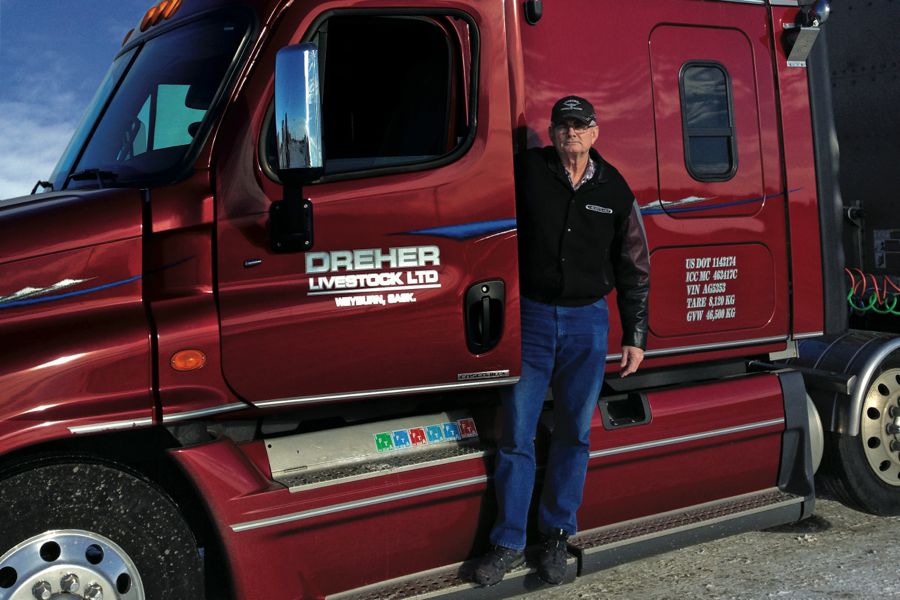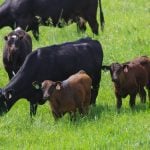The new year marked a milestone for Laurin Dreher who retired after 2.4 million accident-free miles transporting livestock from his home base, Dreher Livestock at Weyburn, Sask., to points across the western provinces, east into Ontario and south as far as Texas and west to Oregon and Washington.
He so enjoyed Canadian Cattlemen’s December heritage issue that friends nudged him to give us a call about memorable times in the livestock transport business during his 20 years as a commercial hauler of cattle, horses, pigs and bison.
Read Also

Building demand together: The impact of Canada’s beef import levy
The beef import levy has become a central tool for ensuring balance in Canada’s beef industry
“I didn’t get off to such a good start,” Dreher says. “When I was 10 years old I saw a picture in the Eaton’s catalogue of a little black calf in a little red wagon. Well, I had a little red wagon and we had little black calves on the farm near Bromhead, but my first run didn’t end up like the picture at all. That was my first and only wreck!”
He started hauling in the local area in the 1960s with his half-ton truck fitted with box rails and moved up to a three-ton with box rails before taking a few years off to pursue other interests. He returned to drive for local companies, including Powers Livestock, Adventure Livestock and most recently, the Holdstocks with R R Brady Transport. During those years, the industry moved from 48-foot to 50-foot vans, or liners, then to 53-foot tri axles. The smaller liners had spring ride systems, but the air ride on the tri axles was a big improvement for drivers and cattle alike.
“Cattle walk out fresh even on a long haul 1,800 miles into Ontario. With lots of bedding, they are so relaxed that some will even lay down,” Dreher says. He’d stop every three or four hours to check his load and get the cattle back on their feet because they would stiffen up if they rested laying down the whole way. Parking sideways to the breeze to get a cooling effect on longer stops also helped to keep cattle fresh on long hauls.
Today’s cabs and sleepers are far more comfortable with conveniences such as air seats and Sirius satellite radio, which meant he could say goodbye to the stash of tapes he carried along for the long stretches of countryside where regular stations don’t come in. Other technology, like GPS driving directions, didn’t work so well for rural destinations.
He always ran his own truck while working for the other companies and in 2003 established Dreher Livestock, adding a second and third tri axle. Though he was fortunate to have great drivers, the logistics of keeping three trucks on the road meant he spent more time organizing than doing what he loved the best — hauling cattle.
More from Canadian Cattlemen: The Canadian Cattlemen December heritage issue
Granted, there would have been far less worry hauling other agricultural cargo or dry goods, but he has ready reasons for favouring livestock, especially cattle. “I grew up with cattle and was familiar with their behaviour, the money was good, and there were no side hauls. I’d be there and back in three or four days, instead of being gone for two or three weeks at a time,” he says.
The busiest week on his record started with loading feeders on Sunday morning at Weyburn for Gruver, Texas. He was back home by Wednesday morning to load feeders bound for Hartington, Nebraska, returning Friday, to load for a jaunt to Liberal, Kansas, logging a grand total of 6,100 miles in eight days. Back at home, he lightheartedly reminded the company that he ran a freightline not an airline!
The change in log book regulations around the early 2000s made it a lot better for hauling cattle because after 36 consecutive hours off duty the log book went back to zero, though drivers are still limited to 70 hours driving time in eight days.
Hauling dairy cattle is unique because there are lots of stops to milk the cows morning and night. The seller and buyer arrange all the milking points so his job was to get them there on time. A haul from Ontario to the Edmonton area required three stops in Ontario, one in Manitoba, and another in Saskatchewan before making it through to their destination.
Most of his 2.4 million miles were made during daylight hours, except hauling from auction markets during the fall runs when as many as 20 trucks would be waiting to load after sales wrapped up. Oftentimes that would be well into the evening and even later before he’d be loaded and ready to head out.
Wait times at U.S. customs have been greatly reduced from up to an hour in the office filling out paperwork, to a short stop since the ACE (automatic central entry) system was introduced. The electronic form with details about the licences and load is filled out in the home office after the cattle have been loaded. It’s sent off to U.S. customs about two hours ahead of his arrival at the border crossing, where employees pull it and his passport picture up on the computer when he checks in. With everything in order, he’s on his way in no time.
He can’t begin to count the times he has helped rookie drivers at the border during those long stops, often with paperwork, but also with some basic know-how, such as not hopping into the liner with a load of bulls!
“You never know what cattle will do when they are in a liner,” he says. Many young drivers today don’t have the benefit of a farm background.
His most vivid memories have to do with nature — sometimes the wonder of it all and other times its fury. He missed the Alberta flood of 2013, but came across a similar scene west of Grand Forks, North Dakota, when 17 inches of rain had fallen in one night and was still flowing across the highway when he arrived the next day. The U.S. army was at the site working to constrain the washed-out rail bed.
A March storm that raged for 10 days from Saskatchewan to Colorado left snow cuts along both sides of the highway that towered above his liner. Cattle losses in the wake of that storm tallied up to more than 30,000 head.
Though weather forced the occasional shutdown, luck was with him to make it to a truck stop each time. The longest holdover was a full day and night, in which case there’s absolutely nothing that can be done but to keep the cattle safe and sound on the liner. If the community happened to have an auction market where the cattle could be safely unloaded and contained, regulations require that they be fed and watered.
Fighting winter weather, storms and poor road conditions are his main reason for calling it quits. He attributes his admirable safety record to knowing when to pull over to get some rest — that’s what the sleeping compartments are there for, he adds. Driving has always been enjoyable and relaxing ever since he learned to drive back on the farm. He acknowledges as well, the fellowship and support of the Holdstocks and will miss the cattle people he’s come to know through the years.
“The most beautiful sight in all my years on the road was travelling through the mountains near Twin Falls, Idaho, one December 31 under a full moon,” he recalls. “It was so bright reflecting off the mountains on both sides of the road that I turned off the lights for a few miles.” His grandson, who was 10 at the time and along for the ride, still remembers the trip, which was a much better experience than Dreher’s when he was the same age.

















